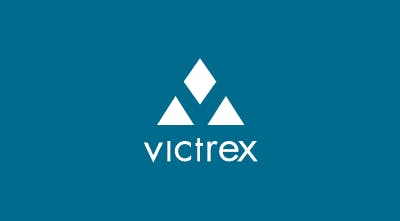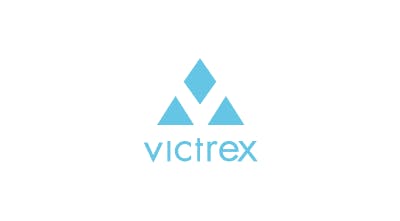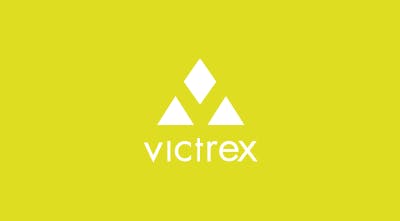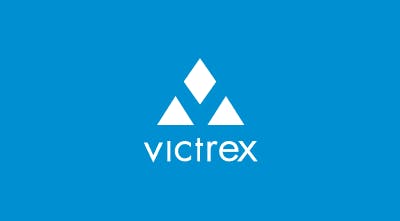金属 vs PEEK:高性能聚合物如何超越传统金属

可以说,在聚合物被发现之前,使制造商能够生产各种类型零部件的材料是金属。与聚合物一样,金属也有多种类型,但从原材料到最终部件需要经过多阶段工艺。在这个过程中,与聚合物不同的是,大量的原材料并不会最终成为成品的一部分。在航空航天领域,这被称为“买飞比”(buy-to-fly ratio),即用于制造部件的原材料重量与部件自身重量的比值。由于生产最终部件需要大量的初级和次级加工,大多数金属合金(如铝和钛)都有较高的买飞比。然而,尽管铝可以无限循环利用,但由于制造工艺效率较低,购买的大部分原材料最终都会被回收再利用。
通常情况下,聚合物可以根据性能特征和工作温度范围分为三类:通用聚合物(按体积计算是最大的类别)、工程聚合物以及高性能聚合物(HPP),顾名思义,高性能聚合物具有卓越的性能。例如,VICTREX™ PEEK 就属于这一类,并且位于该类别的顶端。它是一种热塑性材料,可以在不影响机械性能的情况下熔融并重新成型。PEEK(聚醚醚酮)聚合物属于 聚芳醚酮(PolyArylEtherKetone,简称 PAEK) 家族,且越来越被视为推动高效应用的动态驱动力。
考虑选择高性能材料以释放更多潜能?
成本节约:虽然金属的原材料成本可能更低,但其制造过程耗时且复杂,通常需要多个加工阶段。使用像 VICTREX PEEK 这样的高性能聚合物(HPP)可以实现一步注塑成型工艺,不仅降低了零部件成本,还能积极影响能源和人工成本,并减少废料产生。
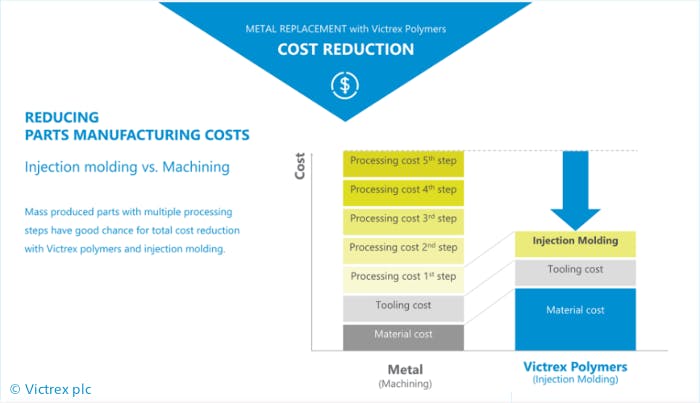
更长的使用寿命:由于聚合物的特性以及可添加填料以增强某些性能,最终组件不仅能超越金属替代品,还能拥有更长的寿命。高性能的 PEEK 聚合物在高达 200°C 的条件下可耐受多种化学品。此外,它还具有固有的摩擦学特性,包括高耐磨性和低摩擦系数,这些特性也有助于延长产品寿命并延长维护周期。
你不必只听我说,以下是一些用 Victrex™ PEEK 替代金属部件所带来的实际效果示例:
- 空客 A350 机门:采用碳纤维增强的高性能 Victrex PEEK 制成的支架替代铝材,实现 重量和成本降低 40%。
- 齿轮替换:将铸铁齿轮换成 VICTREX HPG™ 制成的齿轮,可生产更轻、更安静、更高效的发动机,噪声振动粗糙度(NVH)降低 50%(约 3 dB),重量节省高达 68%。
- 密封件、导向环和轴承:采用 PEEK 制造的部件,其使用寿命是 PTFE 的 4 倍,在 PEEK 轴承应用中耐久性超过 PA 的 10 倍,并在 10,000 小时运行后无劣化,而聚酰胺约 1,000 小时就失效。
- 压缩机排气阀:将钢制排气阀替换为 PEEK 排气阀,可实现 效率提升 2%。
向爱因斯坦学习?
通过提出正确的问题,你可以发现未被满足的需求。在许多情况下,当金属部件无法解决棘手问题时,VICTREX PEEK 就可能是答案。
© Victrex plc. 2018. All rights reserved.
Disclaimer
